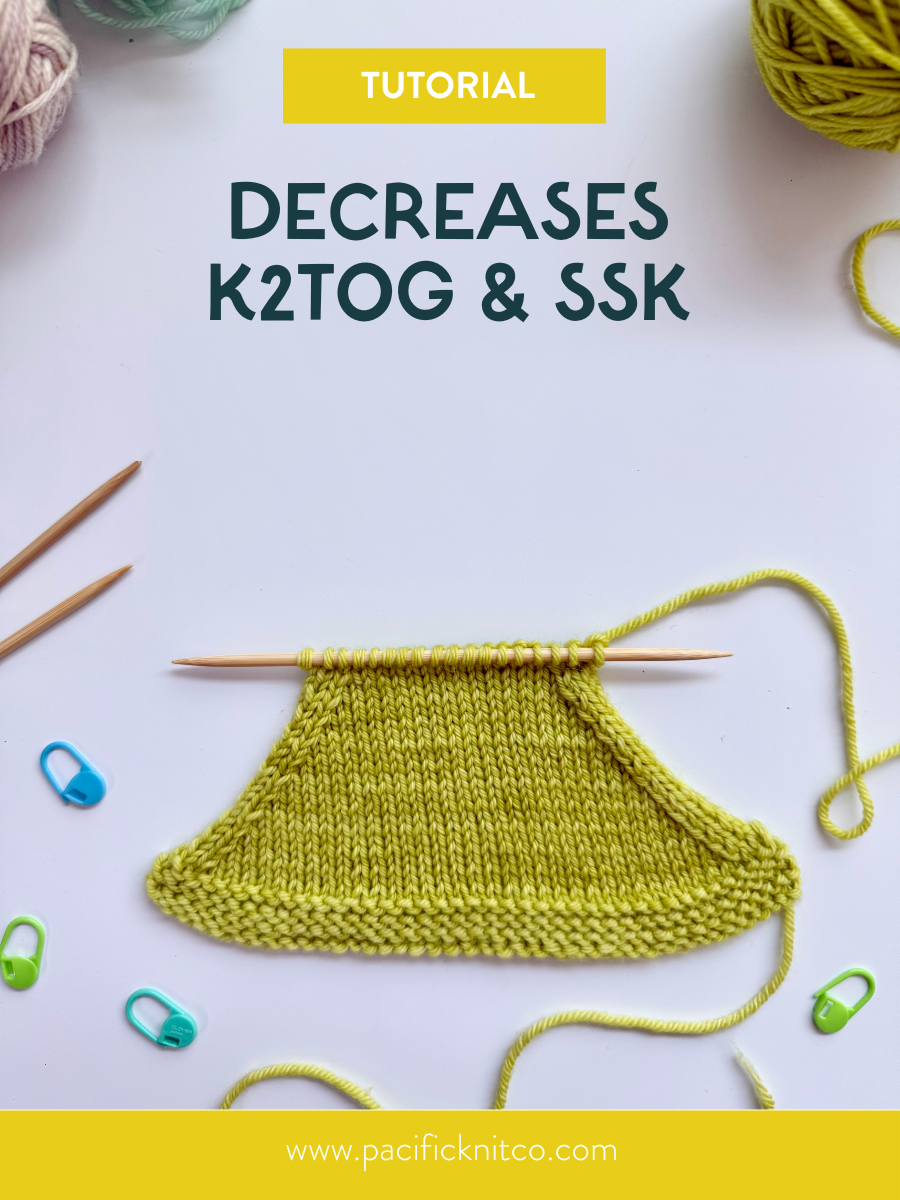The 3-Step Color Palette

Looking for some tips & tricks on how to create a yarn color palette? This super simple 3-step guide will show you the easiest way to pull together the perfect palette for your next Doodle Project, so you get a beautiful and cohesive finished knit, every time!
(Hint: This is MY favorite way to build a yarn palette, so if you want a project that looks like a Pacific Knit Co. sample, this is a great place to start!)
Follow the steps below to learn how to use the super simple 3-Step Color Palette:
»» Choose 1 neutral color
»» Choose 2 accent colors
»» Choose 3 tones in each accent color
»» Enjoy your beautiful yarn!

STEP 1 Choose ONE neutral color
Almost every project will need a neutral color and every Doodle sample features at least one neutral color. This is because having a neutral grounds the entire palette, and gives you something that will work with every one of your contrast colors. It works as both a neutral background color, allowing the motif to pop, or as a neutral contrast color on a brighter colored background.
Pick a white, cream, gray, or even black that will work well with whatever other yarns you choose, and that will tie the whole project together.
How do you choose the right neutral? Take a cue from your Doodle theme! If you're working on wintery snowflakes, you'll likely want to use a white. If you're working on spooky Halloween vibes, a black might be better suited (but you can still throw in a white for that ghost!)

STEP 2 Choose TWO accent colors
Choose two main color families that will work well with the charts that you are using for your pattern. If you're making something Fall-themed, maybe that would be orange and blue. If your next project is beach-themed, that might be teal and coral.

STEP 3 Choose THREE tones within each accent color
Look for a light, medium, and dark version of each of your accent color families. The easiest way to keep the entire palette cohesive is to stick to those two color families you chose for your accent colors, and just get different shades within that color.
It might be a simple as a dark, medium, and light blue. Or maybe stretch it by doing a navy, and bright peacock, and a pale seafoam. Either way, if the additional colors are in the same family, you already know they'll work together!

Bonus step: Check out our separate blog about How to Check your Contrast to make sure that all your colors have enough contrast to work well for colorwork! One of the reasons we choose to use 3 tones is to help ensure that we have enough contrast between colors - so you're looking for multiple shades of gray!

STEP 4 Enjoy your beautiful yarn set!


Bonus version
Want to add MORE colors instead of just the two accents? You can follow the same steps, using different numbers for Steps 2 and 3!
STEP 2+ Choose THREE accent colors
In this example, instead of just orange and blue, we've added a third accent color: pink! This can be a fun option if you have specific charts that call for multiple or varied colors.

STEP 3+ Choose TWO tones within each accent color
Just like before, we are adding different tones (or light/dark values) to each of our colors. So since we started with three dark colors, we've added a lighter version of each to complete our palette.

Then just add in your neutral from Step 1, and you're all set!


Examples of Pacific Knit Co. Yarn Palettes
Haunted Doodle Palette White Neutral + Orange & Gray Accents
A Ghost Story yarn kit by Yarnaceous Fibers.

Mountain Doodle Palette White Neutral + Blue & Earth Tone Accents
Mountain Meadows yarn kit by Moonglow Yarn Co.

Cat Doodle Palette White Neutral + Pink, Teal, & Orange Accents
Smitten Kitten yarn kit by Fangirl Fibers.


Happy Doodling!
Blog co-written by Jamie Lomax and Grey Lundy. Yarn featured in primary tutorial photos by Yarnaceous Fibers. Yarn featured in additional examples is from Yarnaceous Fibers, as well as Fangirl Fibers & Moonglow Yarn Co.




